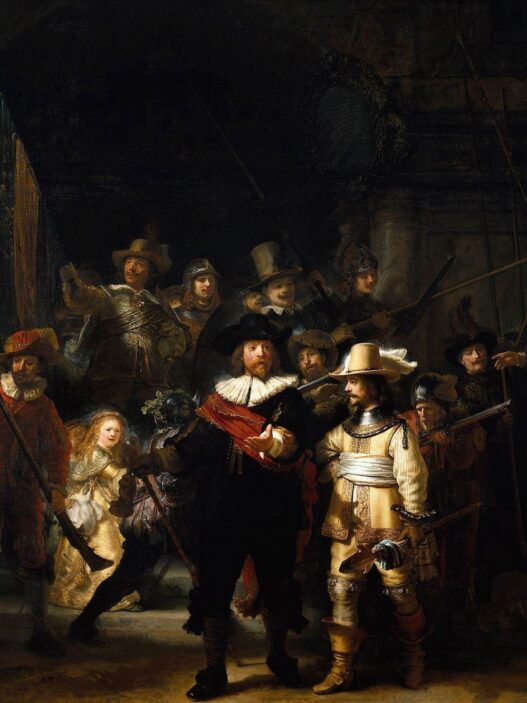Are you curious about abstract art? This guide will introduce you to the basics of this unique and expressive art form, perfect for beginners.
Abstract art is a style of art that does not attempt to represent reality in a literal way. Instead, it uses shapes, colors, and textures to create a visual language that is open to interpretation. If you’re new to abstract art, this guide will give you a basic understanding of the style and its history, as well as tips for appreciating and creating your own abstract works.
What is abstract art?
Abstract art is a style of art that does not attempt to represent reality in a literal way. Instead, it uses shapes, colors, and textures to create a visual language that is open to interpretation. Abstract artists often focus on the elements of art, such as line, color, and form, rather than trying to create a realistic image. This allows for a great deal of creativity and experimentation, as artists can explore different combinations of shapes and colors to create unique and expressive works of art.
Understanding the different styles of abstract art.
Materials and techniques used in creating abstract art.
How to interpret and appreciate abstract art.
Abstract Artists
Abstract art has been a transformative force in the world of visual expression, and several artists have left an indelible mark on this movement. One of the most renowned abstract artists is Wassily Kandinsky. Born in Russia in 1866, Kandinsky is often hailed as the pioneer of abstract art. He believed that art should evoke emotions and spirituality rather than replicate the physical world. Kandinsky’s paintings are characterized by vibrant colors, geometric shapes, and dynamic compositions that engage the viewer’s imagination. Notable works such as “Composition VII” and “Yellow-Red-Blue” showcase his mastery in creating harmonious arrangements that transcend representational boundaries.
Another influential abstract artist is Piet Mondrian. Born in the Netherlands in 1872, Mondrian is known for his iconic style characterized by grids of black lines intersecting with blocks of primary colors. He sought to create a universal visual language through his art, emphasizing the harmony between color, line, and form. Mondrian’s famous works, such as “Composition II in Red, Blue, and Yellow” and “Broadway Boogie Woogie,” exemplify his commitment to simplification and the pursuit of pure abstraction.
Jackson Pollock, an American artist born in 1912, revolutionized abstract art through his unique drip painting technique. He would lay canvases on the ground and apply paint using various tools, including brushes and sticks, often in a gestural and spontaneous manner. Pollock’s abstract expressionist works, such as “No. 5, 1948” and “Autumn Rhythm,” are characterized by energetic and rhythmic compositions that capture the intensity of his creative process.
These are just a few examples of the most renowned abstract artists who have shaped the movement through their groundbreaking ideas and innovative techniques. Their contributions have not only expanded the boundaries of artistic expression but have also influenced generations of artists, making abstract art a vibrant and enduring form of visual communication.
Abstract art is a unique and expressive form of art that allows for personal interpretation and emotional response. Whether you’re a beginner or an experienced art enthusiast, approaching abstract art with an open mind and allowing yourself to be drawn into the colors, textures, and shapes of the piece can lead to a truly beautiful and meaningful experience. So don’t be afraid to explore the world of abstract art and discover the beauty that lies within.




















